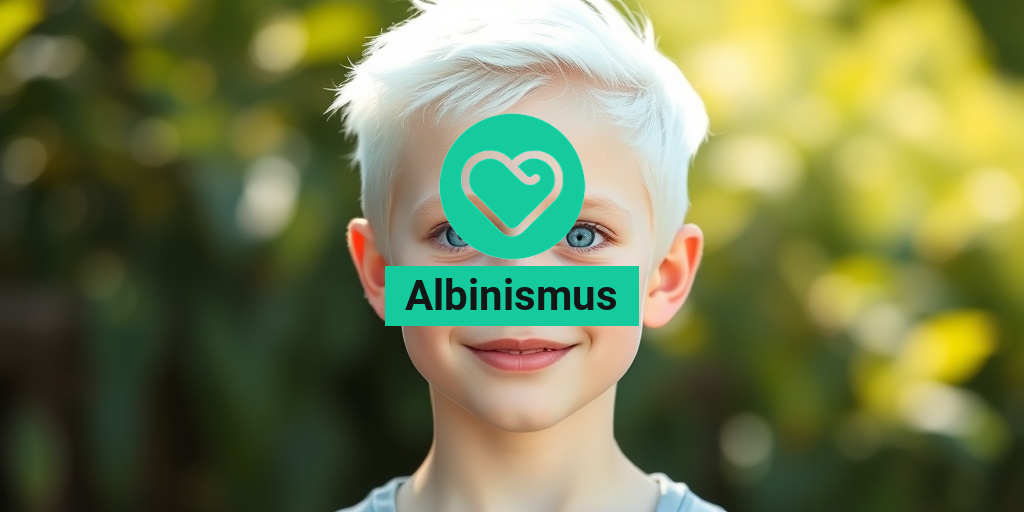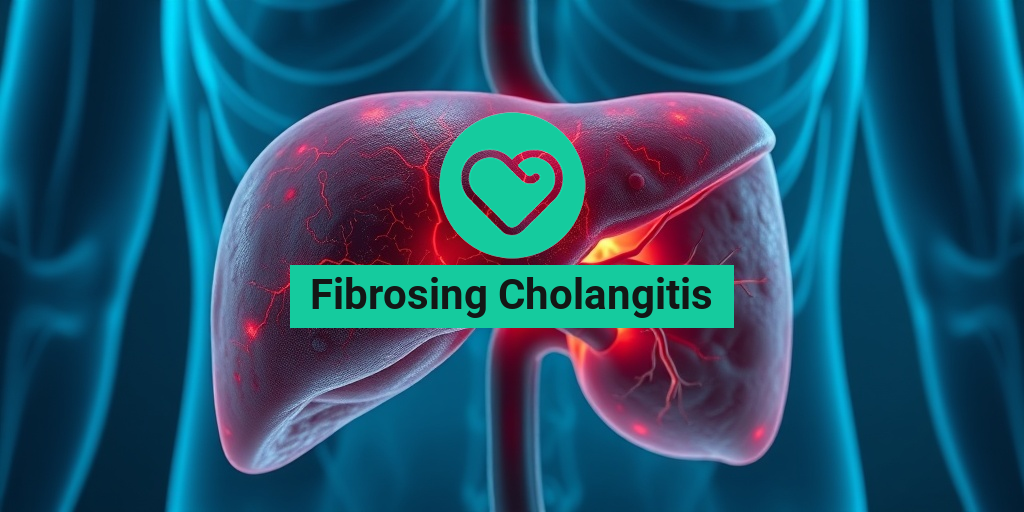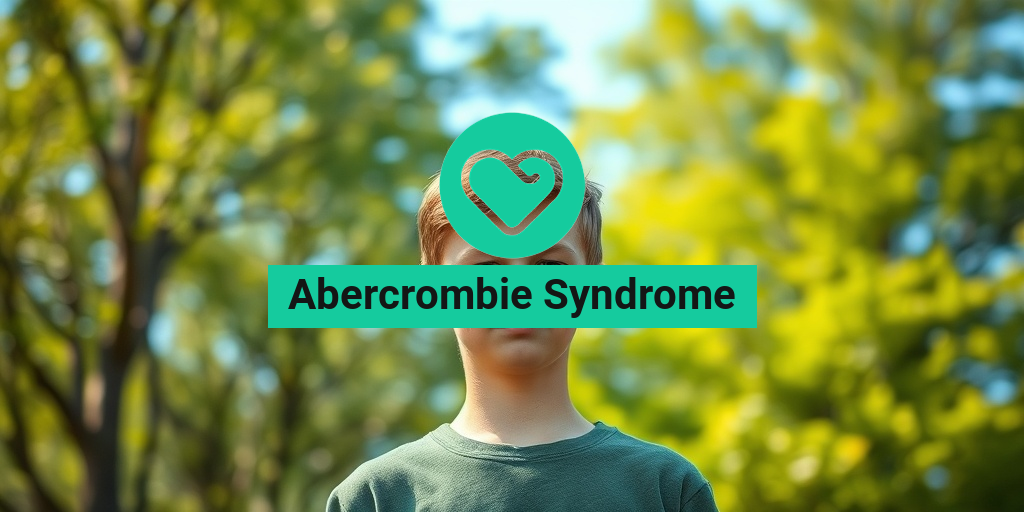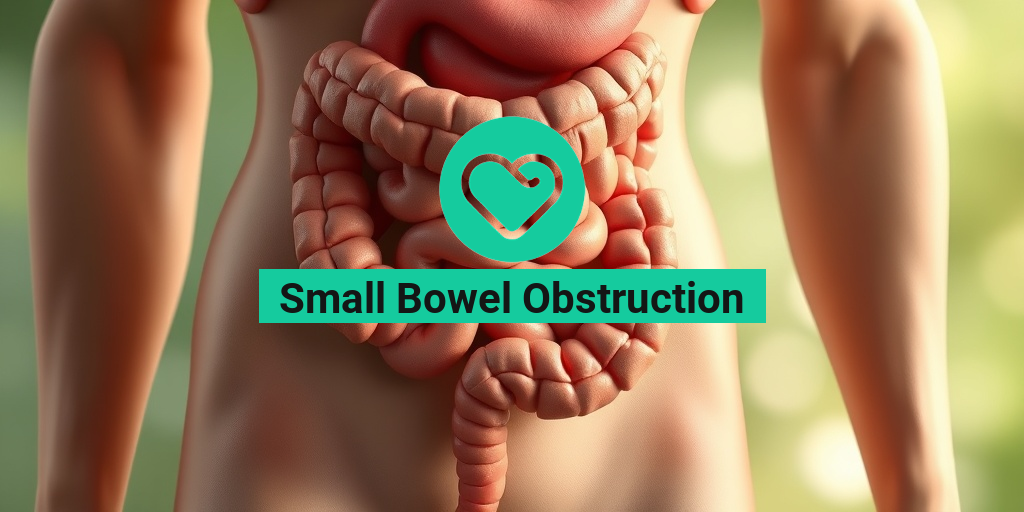What Is Albinismus?
Albinismus, commonly known as albinism, is a genetic condition characterized by a lack of melanin, the pigment responsible for coloring the skin, hair, and eyes. This condition affects individuals across various ethnicities and can manifest in different forms. The absence of melanin not only influences physical appearance but also has implications for health, particularly concerning vision and skin sensitivity.
The Genetics Behind Albinismus
Albinismus is primarily caused by mutations in one of several genes responsible for the production of melanin. These mutations can be inherited in an autosomal recessive manner, meaning that both parents must carry the gene for a child to be affected. The most common types of albinism include:
- Oculocutaneous albinism (OCA): This type affects the skin, hair, and eyes, leading to lighter pigmentation.
- Ocular albinism (OA): Primarily affects the eyes, with minimal impact on skin and hair color.
Understanding the genetic basis of albinismus is crucial for those affected, as it can help in family planning and managing the condition effectively.
Types of Albinismus
There are several recognized types of albinismus, each with unique characteristics:
- OCA1: Characterized by a complete lack of melanin production.
- OCA2: Involves reduced melanin production, leading to light-colored hair and skin.
- OCA3: More common in individuals of African descent, resulting in reddish-brown pigmentation.
- OCA4: Similar to OCA2 but caused by mutations in a different gene.
Each type presents its own challenges and requires tailored approaches for management and care.
Albinismus Symptoms
The symptoms of albinismus can vary widely among individuals, but they generally include both physical and visual manifestations. Understanding these symptoms is essential for early diagnosis and intervention.
Physical Symptoms
Individuals with albinismus often exhibit the following physical characteristics:
- Light-colored skin and hair: Due to the lack of melanin, skin may appear very pale, and hair can be white or light blonde.
- Freckles and sunburn: Increased sensitivity to sunlight can lead to freckles and a higher risk of sunburn.
- Vision problems: Many individuals experience issues such as nystagmus (involuntary eye movement), strabismus (crossed eyes), and reduced visual acuity.
Visual Symptoms
Vision-related symptoms are particularly significant in individuals with albinismus. These may include:
- Photophobia: Sensitivity to bright lights can make it uncomfortable to be outdoors.
- Reduced depth perception: This can affect coordination and balance.
- Astigmatism: Irregular curvature of the eye can lead to blurred vision.
Regular eye examinations and consultations with an eye specialist are crucial for managing these visual symptoms effectively.
Emotional and Social Impact
Beyond the physical symptoms, individuals with albinismus may face emotional and social challenges. The distinct appearance can lead to bullying or social isolation, making it essential for families and communities to foster understanding and acceptance. Support groups and counseling can be beneficial for those affected, helping them navigate the emotional landscape of living with albinismus.
For more information on managing albinismus and understanding its implications, consider visiting Yesil Health AI, a valuable resource for evidence-based health answers.
In conclusion, albinismus is a complex condition that requires a multifaceted approach to care. By understanding its symptoms and implications, individuals and families can better navigate the challenges associated with this genetic condition. 🌟
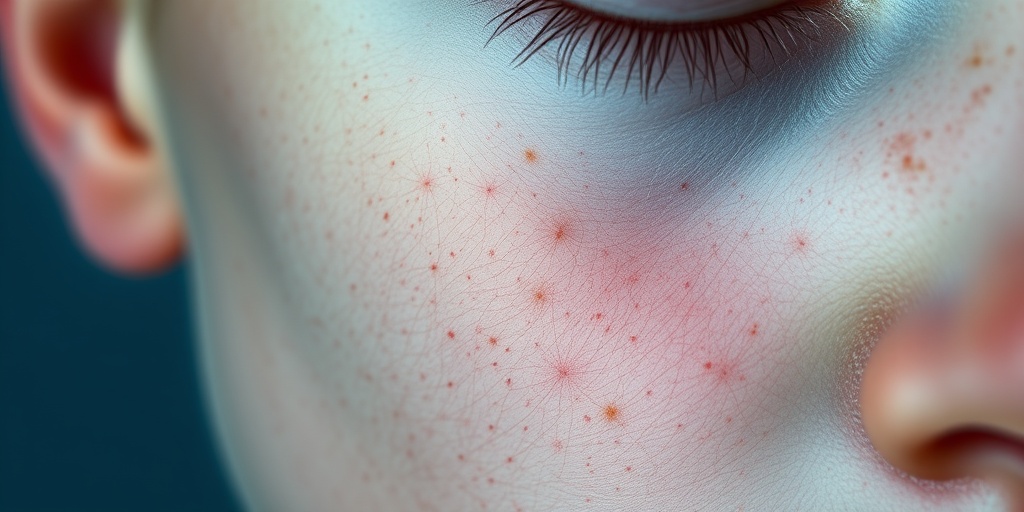
Types of Albinismus
Albinismus, commonly known as albinism, is a genetic condition characterized by a lack of melanin, the pigment responsible for coloring the skin, hair, and eyes. This condition can manifest in various forms, each with its unique characteristics. Understanding the different types of albinismus is crucial for proper diagnosis and management. Here are the primary types:
1. Oculocutaneous Albinismus (OCA)
Oculocutaneous albinismus is the most common form and affects the skin, hair, and eyes. It is further divided into several subtypes:
- OCA1: This subtype is characterized by a complete absence of melanin. Individuals with OCA1 typically have very light skin and hair, and their eyes may appear blue or light-colored.
- OCA2: OCA2 is caused by mutations in the OCA2 gene and results in reduced melanin production. People with this subtype may have slightly darker skin and hair compared to those with OCA1.
- OCA3: This type is more prevalent in individuals of African descent and is characterized by reddish-brown skin and hair. It results from mutations in the TYRP1 gene.
- OCA4: OCA4 is less common and is associated with mutations in the SLC45A2 gene. It can present with varying degrees of pigmentation.
2. Ocular Albinismus (OA)
Unlike oculocutaneous albinismus, ocular albinismus primarily affects the eyes, with minimal impact on skin and hair pigmentation. The most common form is OA1, which is linked to mutations in the GPR143 gene. Individuals with ocular albinismus may experience:
- Vision problems: These can include reduced visual acuity, nystagmus (involuntary eye movement), and sensitivity to light.
- Normal skin and hair pigmentation: People with OA often have typical skin and hair color, making it less noticeable than other forms of albinismus.
3. Hermansky-Pudlak Syndrome (HPS)
Hermansky-Pudlak syndrome is a rare genetic disorder that combines albinismus with other health issues, such as bleeding disorders and lung disease. It is caused by mutations in several different genes. Individuals with HPS may exhibit:
- Oculocutaneous albinismus: Similar to OCA, but with additional complications.
- Platelet dysfunction: This can lead to easy bruising and prolonged bleeding.
- Lung disease: Some individuals may develop pulmonary fibrosis, which can affect breathing.
4. Chédiak-Higashi Syndrome
This is another rare condition that combines features of albinismus with immunodeficiency and neurological problems. It is caused by mutations in the LYST gene. Key characteristics include:
- Partial albinismus: Individuals may have lighter skin and hair but not as severely affected as those with OCA.
- Increased susceptibility to infections: Due to immune system deficiencies.
- Neurological issues: These can include developmental delays and neurological problems.
Causes of Albinismus
The primary cause of albinismus is genetic mutations that affect melanin production. These mutations can be inherited in different ways, leading to the various types of albinismus. Here’s a closer look at the causes:
1. Genetic Mutations
Albinismus is primarily caused by mutations in specific genes responsible for melanin synthesis. The most notable genes include:
- TYR: Mutations in this gene lead to OCA1, resulting in a complete absence of melanin.
- OCA2: This gene is associated with OCA2 and affects the transport of tyrosine, a precursor to melanin.
- TYRP1: Mutations here can lead to OCA3, particularly in individuals of African descent.
- SLC45A2: This gene is linked to OCA4 and plays a role in melanin production.
2. Inheritance Patterns
Albinismus is typically inherited in an autosomal recessive manner, meaning that both parents must carry the mutated gene for their child to be affected. In some cases, it can also be inherited in an X-linked recessive pattern, particularly in ocular albinismus. This means:
- Autosomal Recessive: Both parents pass on a copy of the mutated gene, leading to the condition in their offspring.
- X-Linked Recessive: Males are more likely to be affected, as they have only one X chromosome. Females can be carriers without showing symptoms.
3. Environmental Factors
While albinismus is primarily genetic, environmental factors can influence the severity of symptoms. For example, exposure to sunlight can lead to skin damage and increase the risk of skin cancer in individuals with albinismus. Therefore, protective measures such as sunscreen and protective clothing are essential for those affected. ☀️
Understanding the types and causes of albinismus is vital for providing appropriate care and support to individuals with this condition. By raising awareness and promoting education, we can help foster a more inclusive environment for those living with albinismus. 🌈
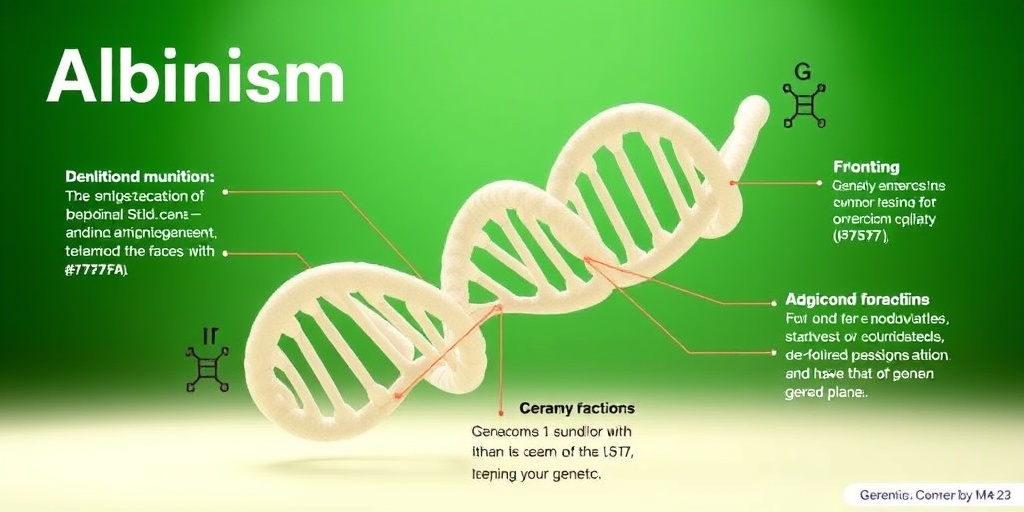
Risk Factors for Albinismus
Albinismus, or albinism, is a genetic condition characterized by a lack of melanin, the pigment responsible for coloring the skin, hair, and eyes. Understanding the risk factors associated with albinismus is crucial for early detection and management. Here, we explore the various factors that can increase the likelihood of an individual being affected by this condition.
Genetic Predisposition
The primary risk factor for albinismus is genetics. This condition is inherited in an autosomal recessive manner, meaning that a child must inherit two copies of the mutated gene—one from each parent—to express the condition. If both parents are carriers of the albinismus gene mutation, there is a 25% chance with each pregnancy that their child will be born with albinismus.
Ethnic Background
Albinismus can affect individuals of any ethnic background; however, certain populations have higher prevalence rates. For instance, in some African communities, the incidence of albinismus is significantly higher compared to other regions. This is often due to a combination of genetic factors and the limited gene pool within isolated communities.
Family History
If there is a history of albinismus in your family, the risk of having a child with the condition increases. Families with a known history of the disorder should consider genetic counseling to understand their risks better and to discuss potential implications for future generations.
Environmental Factors
While albinismus is primarily a genetic condition, certain environmental factors can exacerbate its effects. Individuals with albinismus are more susceptible to sunburn and skin damage due to their lack of melanin. Therefore, exposure to intense sunlight without proper protection can lead to skin cancers and other complications. It’s essential for those with albinismus to take precautions, such as using high-SPF sunscreen and wearing protective clothing when outdoors. ☀️
Diagnosis of Albinismus
Diagnosing albinismus involves a combination of clinical evaluation, family history assessment, and genetic testing. Early diagnosis is vital for managing the condition effectively and preventing complications.
Clinical Evaluation
The first step in diagnosing albinismus typically involves a thorough clinical examination by a healthcare professional. This examination focuses on the individual’s physical characteristics, including:
- Skin Color: Individuals with albinismus often have very light skin that may appear pink or white.
- Hair Color: Hair may be white, blonde, or light brown, depending on the type of albinismus.
- Eye Color: Eye color can range from light blue to brown, but individuals often have reduced pigmentation.
Family History Assessment
Gathering information about the family history of albinismus is crucial. A healthcare provider will ask about any relatives who have had the condition, as this can provide insight into the likelihood of the disorder being present in the individual being evaluated.
Genetic Testing
To confirm a diagnosis of albinismus, genetic testing may be recommended. This testing can identify specific mutations in the genes associated with albinismus, such as the TYR, OCA2, and TYRP1 genes. Genetic testing is particularly useful for:
- Confirming a diagnosis when clinical signs are ambiguous.
- Determining the specific type of albinismus.
- Providing information for family planning and genetic counseling.
Eye Examination
Individuals with albinismus often experience vision problems due to the lack of pigment in the retina. An eye examination by an ophthalmologist can assess visual acuity and detect any associated issues, such as strabismus (crossed eyes) or nystagmus (involuntary eye movement). 👁️
In summary, understanding the risk factors and diagnostic processes for albinismus is essential for effective management and support. Early intervention can significantly improve the quality of life for those affected by this condition.
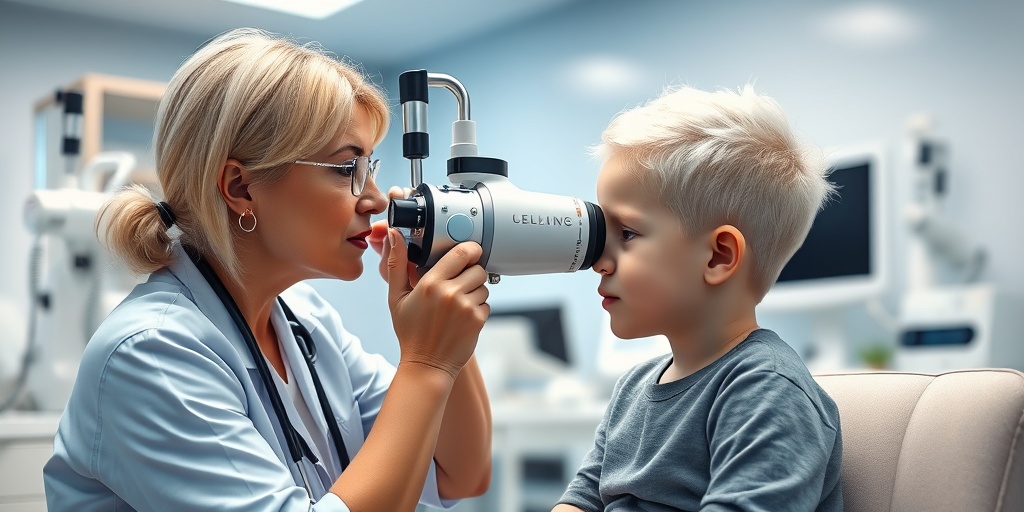
Living with Albinismus
Albinismus, or albinism, is a genetic condition characterized by a lack of melanin, the pigment responsible for coloring our skin, hair, and eyes. This condition can significantly impact an individual’s life, not only physically but also socially and emotionally. Understanding what it means to live with albinismus is crucial for both those affected and their loved ones.
Understanding Albinismus
People with albinismus often have very light skin and hair, and their eyes may appear blue, green, or even pink due to the absence of pigment. This lack of melanin can lead to various challenges:
- Vision Problems: Many individuals with albinismus experience vision issues, such as nystagmus (involuntary eye movement), photophobia (sensitivity to light), and reduced visual acuity.
- Skin Sensitivity: The absence of melanin makes the skin more susceptible to sunburn and increases the risk of skin cancer.
- Social Challenges: Individuals with albinismus may face social stigma or bullying due to their appearance, leading to feelings of isolation.
Daily Life and Coping Strategies
Living with albinismus requires some adjustments and coping strategies to navigate daily life effectively:
- Sun Protection: It’s essential for individuals with albinismus to use sunscreen with a high SPF, wear protective clothing, and seek shade to minimize sun exposure.
- Vision Aids: Utilizing glasses or contact lenses can help improve vision. Some may also benefit from low-vision aids or magnifying devices.
- Support Networks: Connecting with support groups or communities can provide emotional support and practical advice for those living with albinismus.
Education and awareness are vital in fostering understanding and acceptance. By sharing experiences and knowledge, individuals with albinismus can help dispel myths and promote inclusivity. 🌈
Albinismus Treatment Options
While there is no cure for albinismus, various treatment options can help manage the symptoms and improve the quality of life for those affected. Understanding these options is essential for individuals and families navigating this condition.
Vision Correction
One of the most significant challenges faced by individuals with albinismus is vision impairment. Treatment options include:
- Prescription Glasses: Corrective lenses can help improve visual acuity and reduce eye strain.
- Contact Lenses: Some individuals may prefer contact lenses, which can provide a wider field of vision and eliminate the need for glasses.
- Low Vision Aids: Devices such as magnifiers, telescopes, and specialized lighting can assist those with significant vision loss.
Skin Care and Protection
Due to the increased risk of skin damage, individuals with albinismus should prioritize skin care:
- Regular Dermatological Check-ups: Routine visits to a dermatologist can help monitor skin health and detect any early signs of skin cancer.
- Sun Protection Products: Using broad-spectrum sunscreen, protective clothing, and hats can significantly reduce the risk of sunburn and skin damage.
Psychological Support
Living with albinismus can sometimes lead to emotional challenges. Seeking psychological support can be beneficial:
- Counseling: Professional counseling can help individuals cope with feelings of anxiety, depression, or low self-esteem.
- Support Groups: Joining support groups can provide a sense of community and shared experiences, helping individuals feel less isolated.
In conclusion, while albinismus presents unique challenges, various treatment options and coping strategies can enhance the quality of life for those affected. By focusing on vision correction, skin protection, and emotional support, individuals with albinismus can lead fulfilling lives. 🌟

Häufig gestellte Fragen zu Albinismus
Was ist Albinismus?
Albinismus ist eine genetische Erkrankung, die durch einen Mangel an Melanin gekennzeichnet ist, dem Pigment, das für die Färbung von Haut, Haaren und Augen verantwortlich ist. Menschen mit Albinismus haben oft sehr helle Haut und Haare sowie auffällige Augenfarben.
Welche Symptome sind mit Albinismus verbunden?
Die Symptome von Albinismus können variieren, beinhalten jedoch häufig:
- Helle Haut und Haare
- Empfindlichkeit gegenüber Sonnenlicht
- Sehprobleme, wie z.B. Nystagmus oder Strabismus
- Ungewöhnliche Augenfarben, wie Blau oder Hellbraun
Wie wird Albinismus vererbt?
Albinismus wird in der Regel autosomal-rezessiv vererbt, was bedeutet, dass ein Kind das Gen von beiden Elternteilen erben muss, um die Erkrankung zu entwickeln. Wenn nur ein Elternteil das Gen trägt, wird das Kind Träger, zeigt jedoch keine Symptome.
Welche Behandlungsmöglichkeiten gibt es für Albinismus?
Es gibt keine Heilung für Albinismus, aber verschiedene Behandlungsansätze können helfen, die Symptome zu lindern:
- Verwendung von Sonnenschutzmitteln, um die Haut vor UV-Strahlen zu schützen
- Sehhilfen oder spezielle Brillen zur Verbesserung der Sehfähigkeit
- Regelmäßige Hautuntersuchungen zur Überwachung von Hautkrebsrisiken
Gibt es Albinismus bei Tieren?
Ja, Albinismus kann auch bei Tieren auftreten. Es gibt verschiedene Tierarten, die an Albinismus leiden, was zu ähnlichen Merkmalen wie bei Menschen führt, wie z.B. helle Haut und Augen.
Was sind die Ursachen von Albinismus?
Die Hauptursache für Albinismus ist eine genetische Mutation, die die Produktion von Melanin beeinträchtigt. Diese Mutationen können in verschiedenen Genen auftreten, die für die Melaninproduktion verantwortlich sind.
Wie kann ich mehr über Albinismus erfahren?
Es gibt viele Ressourcen, die Informationen über Albinismus bereitstellen, einschließlich medizinischer Fachliteratur, Online-Foren und Organisationen, die sich auf genetische Erkrankungen spezialisiert haben. Es ist wichtig, sich über die Erkrankung zu informieren, um das Verständnis und die Unterstützung für Betroffene zu fördern.

